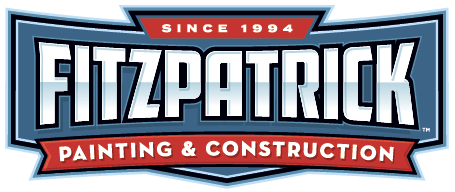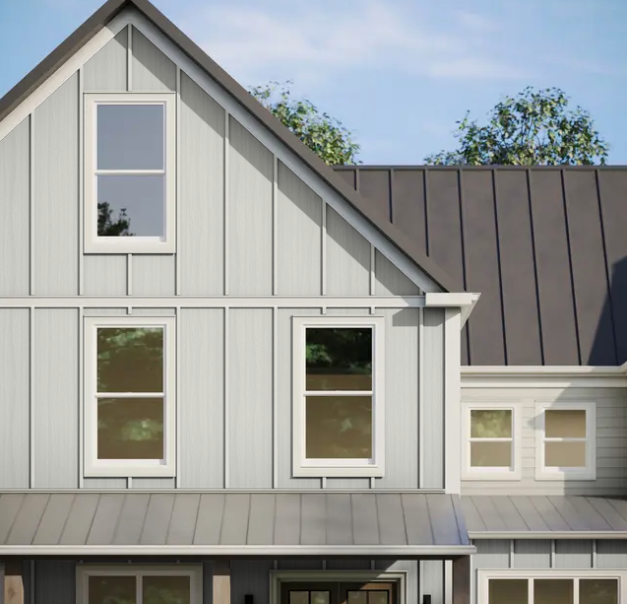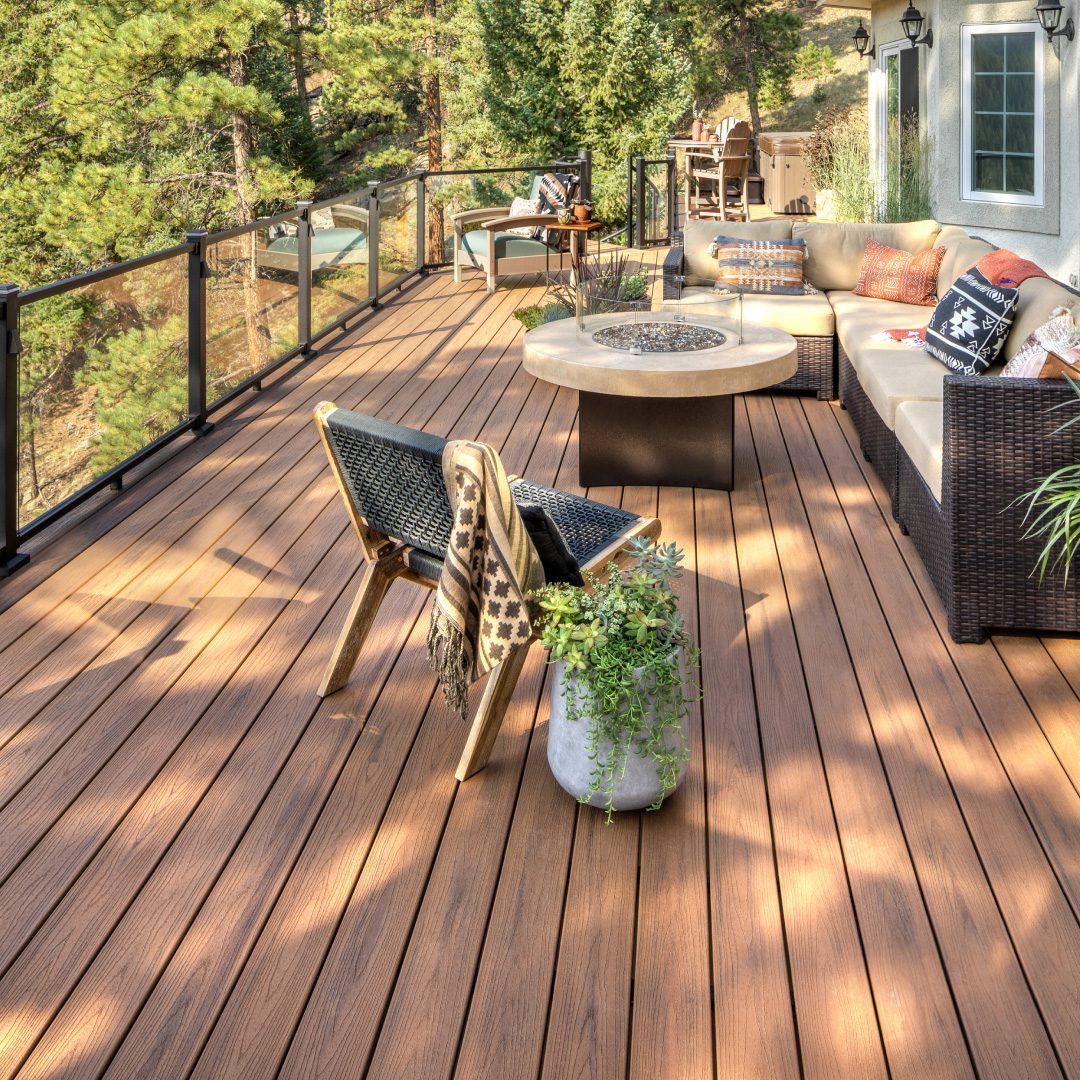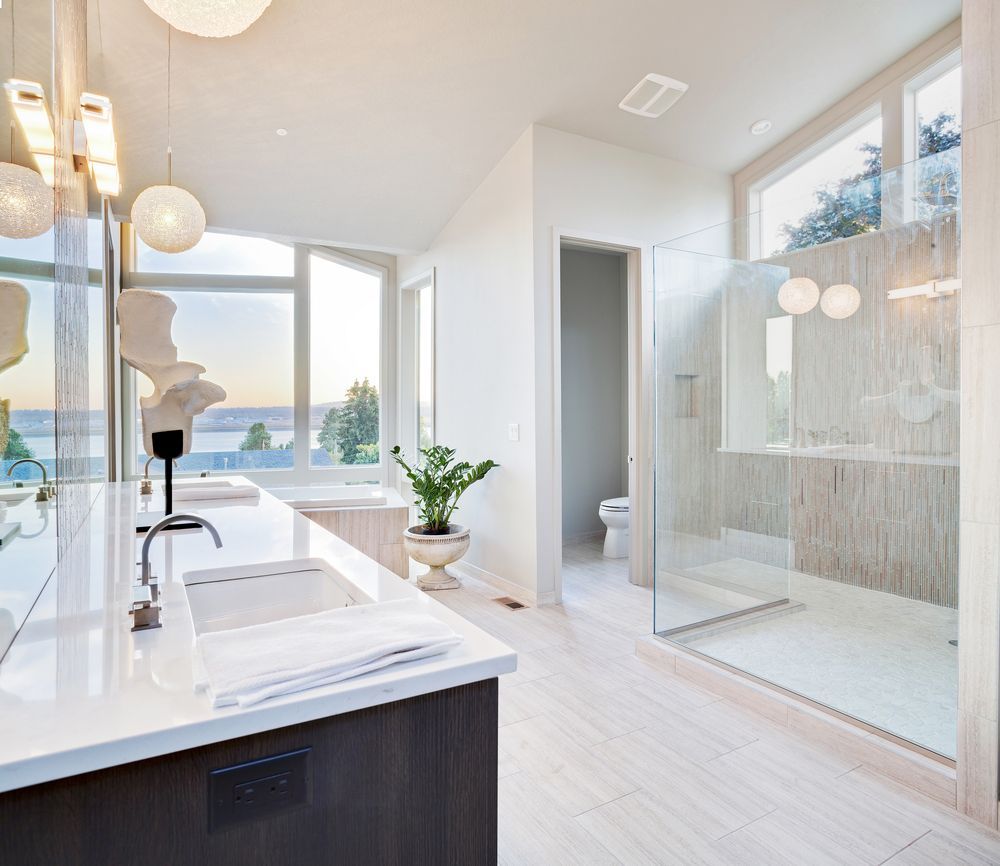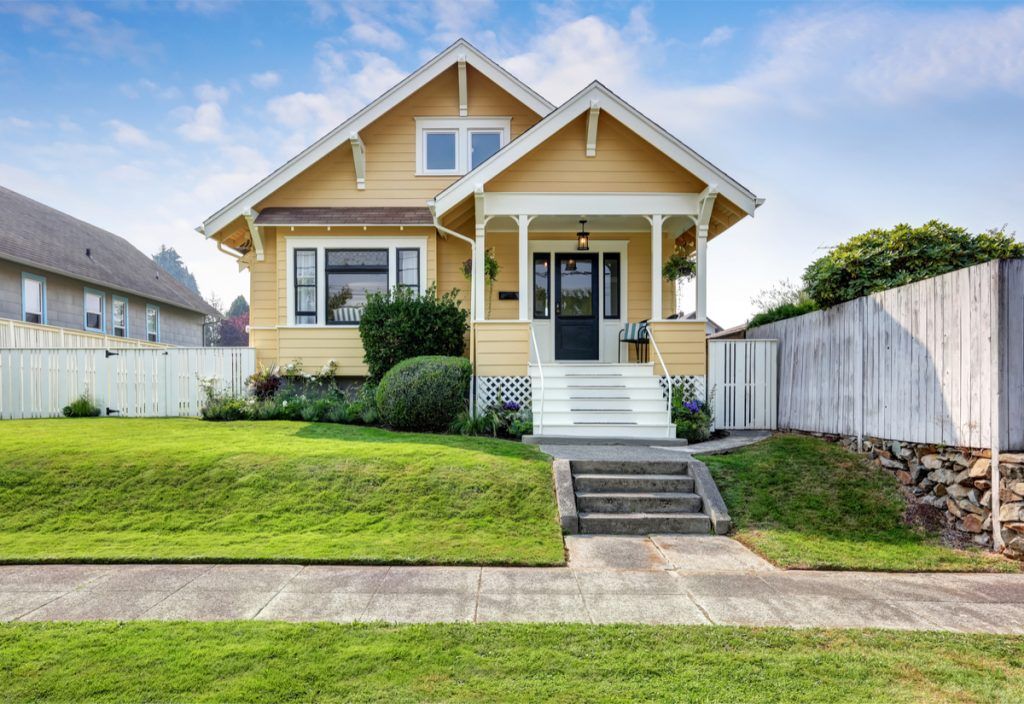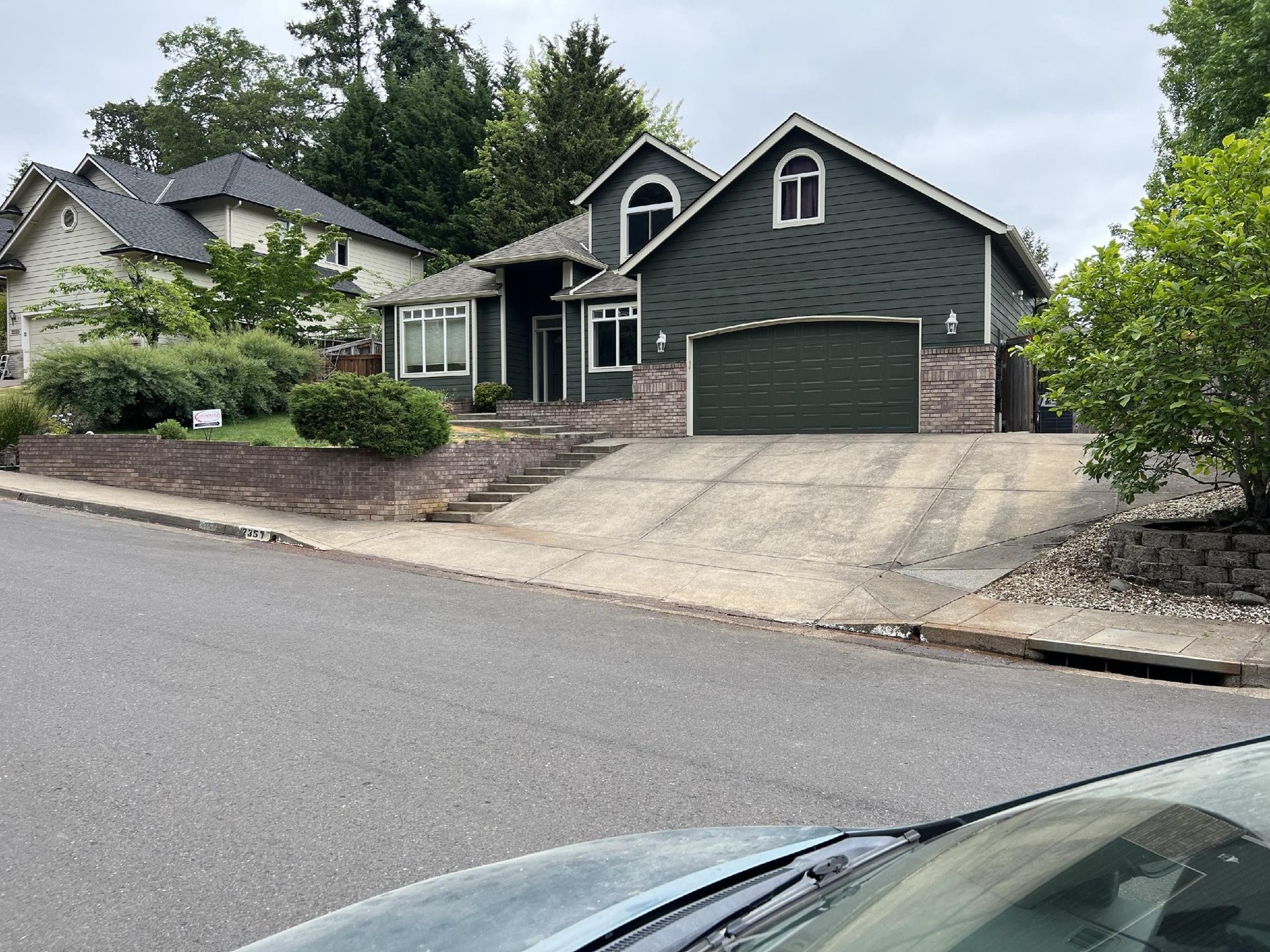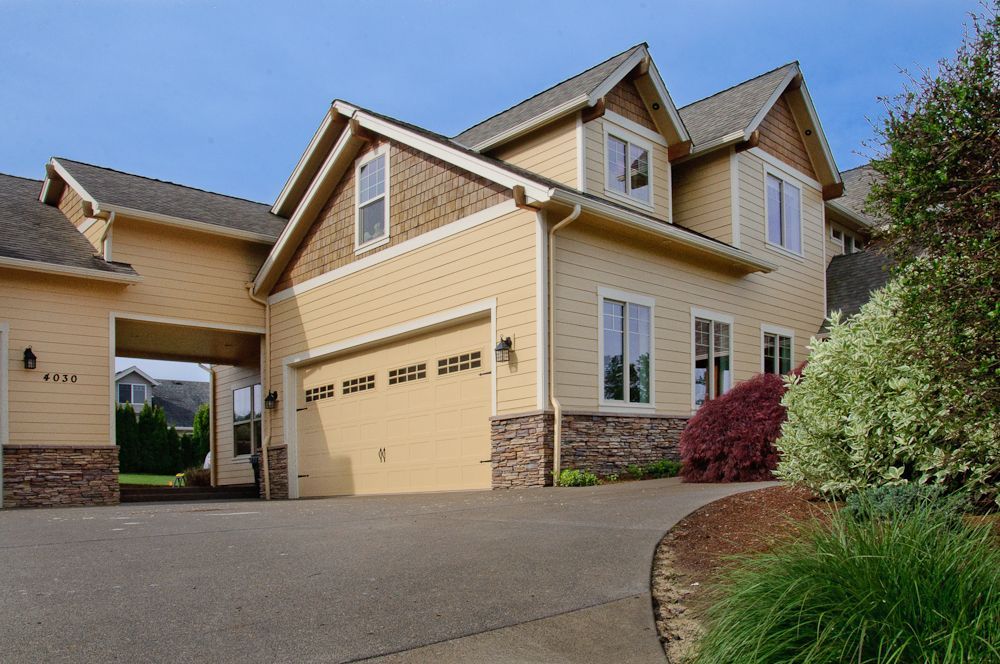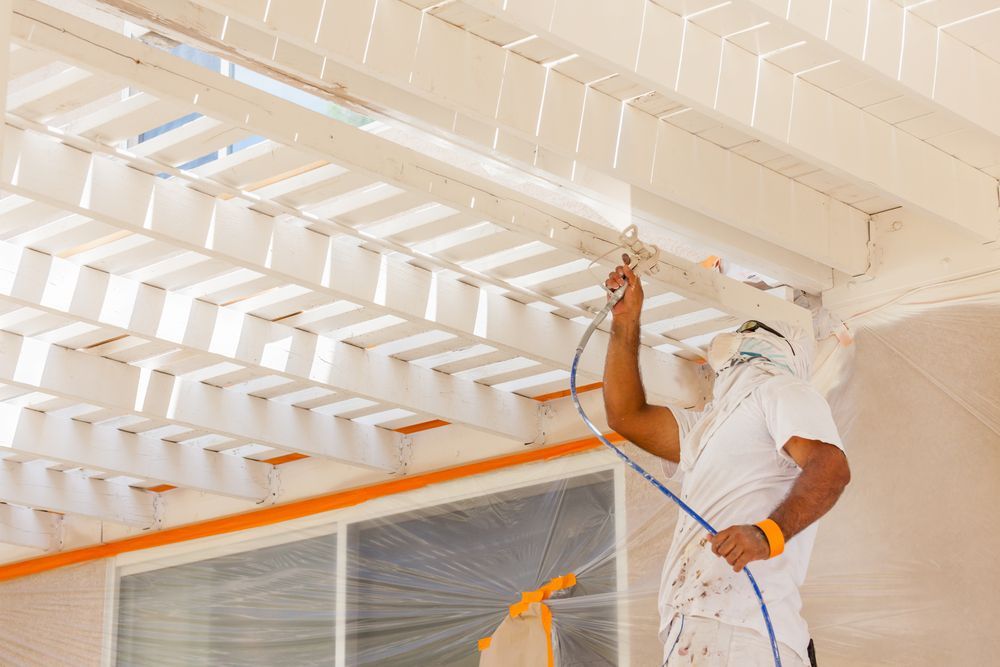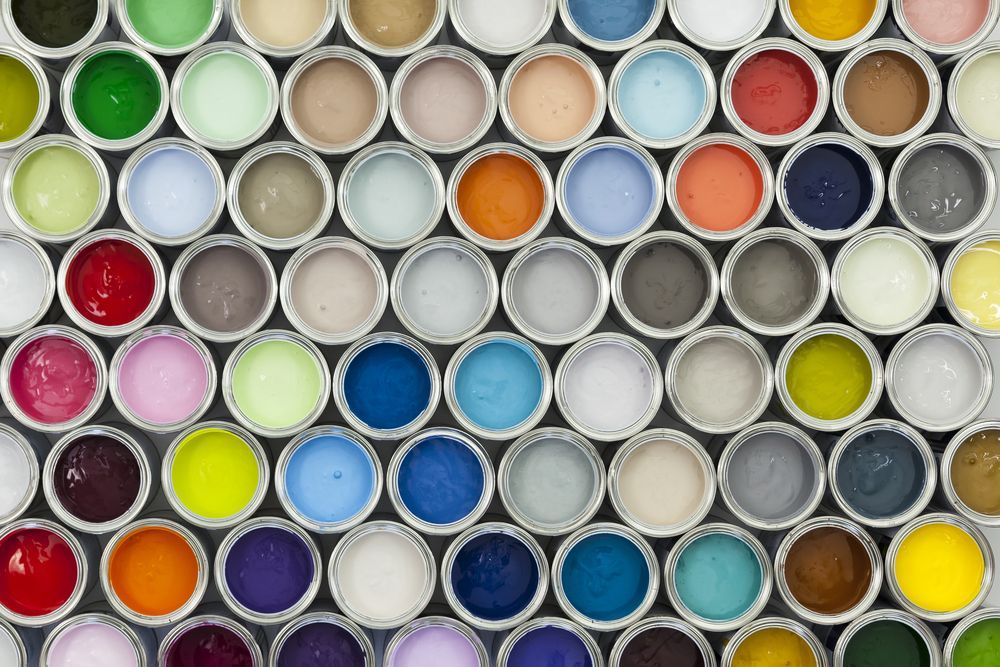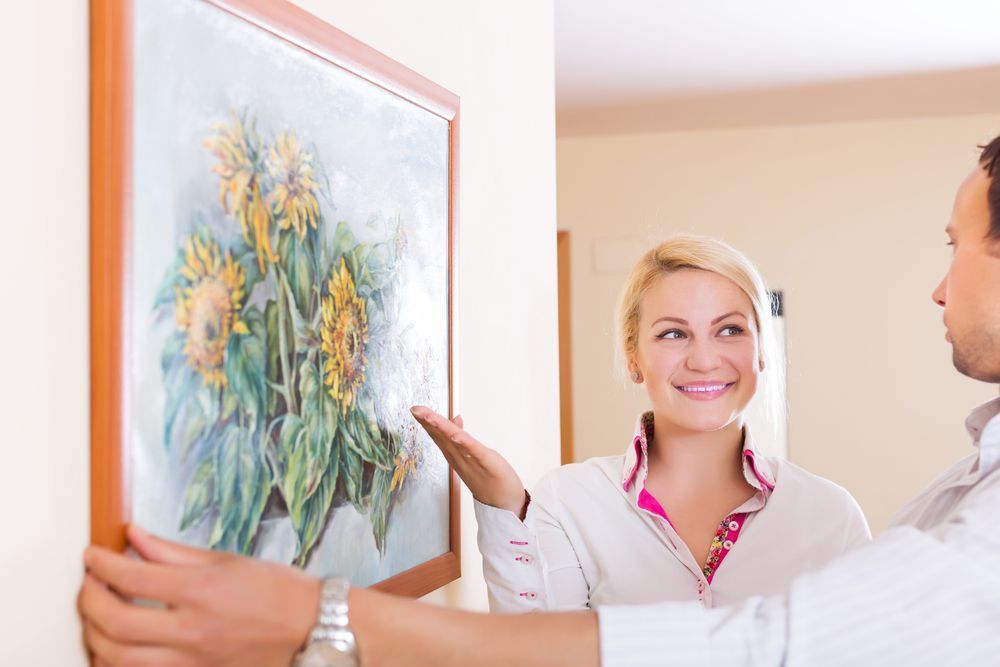Different Types of Siding: Finding the Perfect Option for Your Oregon Home
Let’s be honest, choosing new siding isn’t exactly a “fun” home improvement project. You don’t get the instant joy of a new kitchen backsplash or the curb appeal pop of fresh landscaping. But make no mistake: siding is one of the most important decisions you’ll make in life (well, at least when it comes to your home’s protection, appearance, and long-term value).
And here in the Willamette Valley, where we get more rain than a coffee shop window during breakup season, your siding isn’t just about looks, it’s your home’s raincoat, bug shield, and UV block all in one.
With so many options on the market, from the tried-and-true to the trend-forward, how do you choose? Let’s break it down—pros, cons, and Oregon-specific realities included.
James Hardie Fiber Cement Siding: The Gold Standard for Oregon Homes
James Hardie siding wasn’t just built for looks, it was engineered to laugh in the face of moisture, fungal growth, and wild Pacific Northwest temperature swings.
Pros of Hardie Board Siding
Hardie Board stands out in Oregon’s challenging climate for one simple reason: it’s built to handle just about everything the Willamette Valley can throw at it. No rotting, warping, or swelling when the rain sets in for the season. It also offers top-notch protection against fire and insects, making it a safe and low-maintenance choice for homeowners.
UV stability helps it hold its color through our occasional summer sunbursts, and with industry-leading warranties often spanning 25–30 years, it’s a long-term investment you can count on. Bonus? It looks great. Hardie Board texture closely mimics real wood, giving you durability and curb appeal.
Cons of Hardie Board Siding
Of course, all that durability and performance comes at a price. Hardie Board is more expensive upfront than vinyl or engineered wood, and installation isn’t a DIY project, it needs to be done professionally to ensure proper performance and maintain the warranty. But if you’re looking for siding that will stand strong for decades, it’s often well worth the investment.
Vinyl Siding: Budget-Friendly but Limited Longevity
Vinyl siding is like the fast food of siding—affordable, available in a ton of styles, and it gets the job done. But while it may look great out of the box, Oregon’s weather tends to wear vinyl out faster than it should.
Pros of Vinyl Siding
- Low upfront cost: A budget-friendly choice, especially for rental properties or large remodels.
- Color and style variety: Comes in a wide range of options to suit most home styles.
- Minimal maintenance: No need for painting—just an occasional rinse.
- Insulated versions available: Can add a bit of energy efficiency and noise reduction.
Cons of Vinyl Siding
- Temperature sensitive: Prone to cracking in cold weather and warping during heat waves.
- Water worries: Wind-driven rain can get behind panels and cause hidden damage.
- Shorter lifespan: Tends to wear out faster than more durable options like Hardie or brick, especially in Oregon’s wet climate.
Wood Siding: Classic Appeal with Maintenance Demands
There’s no denying it, wood siding is beautiful. It’s also practically part of Oregon’s architectural DNA. But all that charm comes at a price, especially if you don’t love regular upkeep.
Pros of Wood Siding:
- Natural beauty: Nothing beats the warmth, charm, and character of real wood—it’s classic for a reason.
- Customization: Easily painted or stained to match your home’s style, and can be refreshed as trends or tastes change.
- Eco-friendly: As a renewable and biodegradable material, wood appeals to homeowners who want a more natural, sustainable option.
- Great for older homes: Especially in historic neighborhoods, wood siding helps maintain architectural integrity and period-correct appearances.
Cons of Wood Siding
- High maintenance: Wood requires regular sealing or painting to prevent damage and preserve its appearance—especially in a wet climate like ours.
- Moisture issues: Without proper care, frequent rain can lead to swelling, warping, rot, and mold.
- Pest problems: Termites, carpenter ants, and other critters see untreated wood as an open invitation to move in.
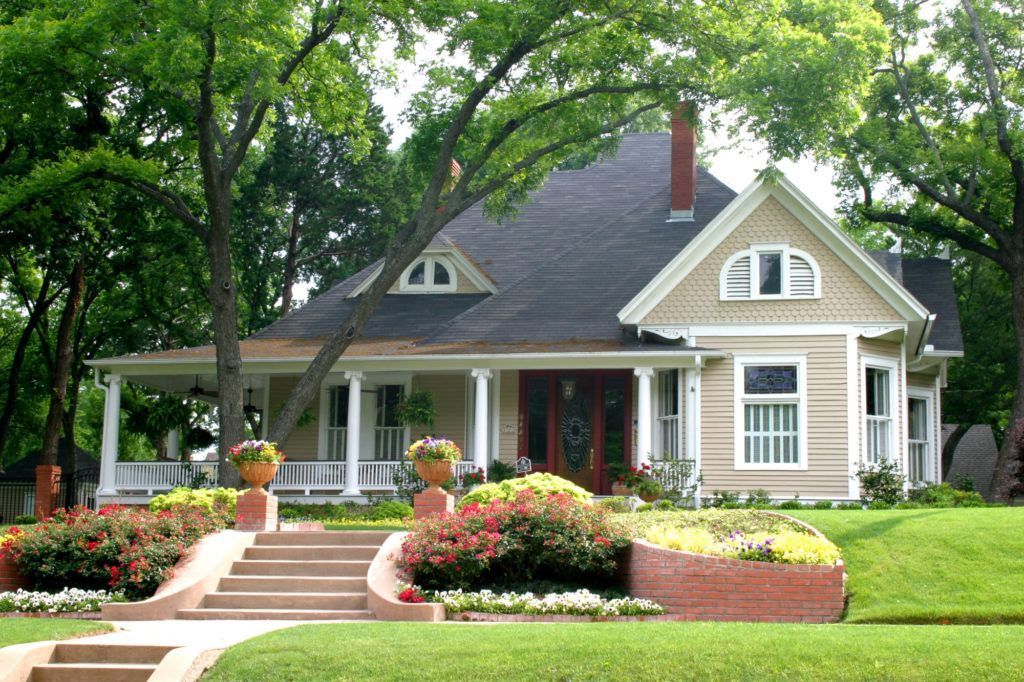
Engineered Wood Siding: Improved Performance over Traditional Wood
Engineered wood looks like wood but is more stable, thanks to being manufactured under controlled conditions. It’s sort of like the sensible cousin of traditional wood.
Pros of Engineered Wood Siding
- More moisture resistant: Handles Oregon's rain better than natural wood.
- Lower cost: Less expensive than cedar or redwood.
- Dimensional stability: Fewer warping issues.
- Realistic appearance: Most people can’t tell it’s not real wood.
Cons of Engineered Wood Siding
- Seam vulnerability: Moisture can still sneak in if not installed properly.
- Shorter lifespan than fiber cement: Still needs attention over time.
- Some maintenance required: Especially around flashing and paint.
Metal Siding: Modern Appeal with Specific Applications
Metal siding is having a moment, especially in modern and industrial-style homes. It’s great for durability and fire resistance but can also feel out of place on traditional architecture…sometimes.
Pros of Metal Siding
- Super durable: Aluminum and steel stand up to storms and pests.
- Fire-resistant: Peace of mind in wildfire-prone areas.
- Low maintenance: Doesn’t require painting or sealing.
- Sleek look: Pairs well with contemporary design.
Cons of Metal Siding
- Dents happen: Hail, baseballs, or an ambitious squirrel can leave a mark.
- Can be noisy: Rain on metal siding isn’t exactly a lullaby.
- Design limitations: Doesn’t blend well with every home style.
- Potentially costly: Premium versions can be pricey.
Brick and Stone Veneer: Premium Options with Specific Considerations
If you want timeless style and zero maintenance, brick and stone might be your dream team.
Pros of Brick and Stone Veneer
Brick and stone veneer offer incredible durability. These materials can last practically forever with minimal upkeep. Their classic charm never goes out of style, and they’re naturally fire-resistant, which adds peace of mind. Best of all, they perform reliably in all weather, including Oregon’s signature downpours.
Cons of Brick and Stone Veneer
That longevity and charm come at a cost, both the materials and installation can be expensive. Their weight may also require extra structural support, and once installed, they’re not easy to update if your style preferences change down the road.
Stucco Siding: Traditional Option with Climate Limitations
Stucco may shine in dry, desert climates—but Oregon is... not that. While it has its fans, it’s not the ideal match for our damp environment.
Pros of Stucco Siding
- Fire-resistant: One of the best in this category.
- Aesthetic flexibility: Lots of texture and color options.
- Can last decades: In the right climate.
Cons of Stucco Siding
- Moisture problems: Oregon’s rain can lead to cracking and mold.
- High maintenance here: Needs sealing and careful inspection.
- Not ideal for wood-frame homes without extra prep.
Composite Siding: New Technology with Promise
Composite siding is the new kid in class and is still proving itself, but also showing a lot of potential. It’s made from a blend of materials designed for performance and style.
Pros of Composite Siding
- Durable: Resists moisture, insects, and warping.
- Design flexibility: Lots of styles to choose from.
- Lower maintenance: Doesn’t require frequent painting.
- Moderate cost: Sits between vinyl and fiber cement.
Cons of Composite Siding
- Not all brands are equal: Quality varies widely.
- Less proven: Still gaining long-term data.
- Extreme weather performance is still being tested.
Climate Considerations for Siding in the Willamette Valley
Here’s the truth: if you haven't already figured it out, Oregon is rough on siding. Between the endless drizzle, surprise hailstorms, humidity swings, and the occasional summer scorch, your siding has to multitask like a parent at bedtime. Moisture resistance, durability, and long-term stability are non-negotiables.
That’s why choosing the right material matters and why guides like this are your best friend!
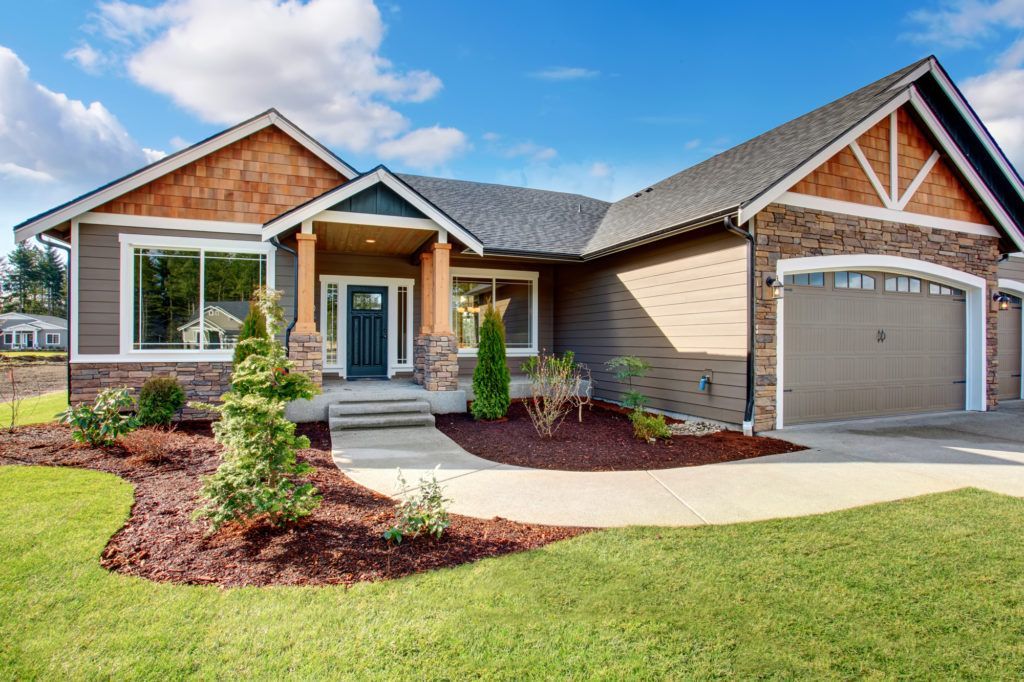
Schedule Your Free Siding Consultation
Need help sorting through all the siding options? At Fitzpatrick Painting & Construction, we’ve seen it all—rain, shine, and everything in between. We’ll help you choose the siding that matches your home, your style, and your long-term goals.
Schedule a free, no-pressure consultation with our local team today. Let’s make your siding project stress-free from the first quote to the final nail.
Frequently Asked Questions
Q: How long does James Hardie siding last compared to other siding options in Oregon's climate?
A: Hardie siding typically lasts 30+ years in Oregon, outlasting vinyl, engineered wood, and stucco by a significant margin.
Q: What is the cost difference between vinyl siding and Hardie Board for an average Oregon home?
A: Hardie Board can cost 20–40% more than vinyl upfront but offers much greater durability and fewer repairs over time.
Q: Can James Hardie siding be installed over existing siding materials?
A: In some cases, yes—but it depends on the existing material and condition. A professional inspection will determine the best approach.
Q: How does Hardie Board fiber cement siding perform during Oregon's rainy seasons?
A: Exceptionally well. It resists moisture, mold, and swelling better than almost any other material on the market.
Q: What maintenance does James Hardie siding require compared to wood or vinyl options?
A: Very little. Unlike wood, it doesn’t need frequent painting or sealing. Unlike vinyl, it’s less prone to weather-related damage.
